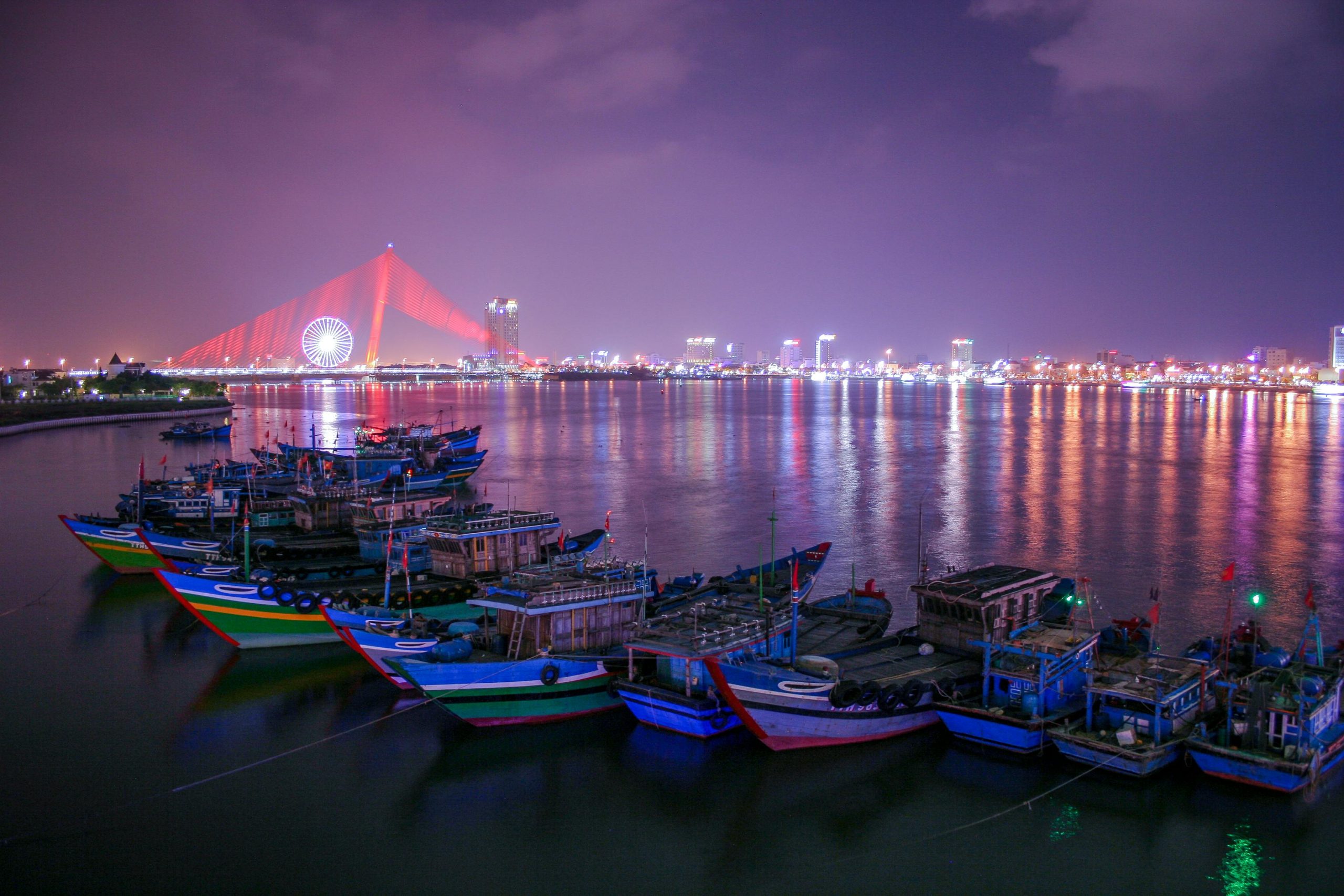Exploring London’s Cinematic Landscape: Iconic Films Set and Filmed in the Capital
London has long served as an enchanting backdrop for filmmakers across various eras, offering a rich tapestry of visual splendor and cultural depth. The city’s iconic streets, historic landmarks, and vibrant neighborhoods have inspired countless films, many of which have become classics not only for their compelling narratives but also for their stunning cinematography and authentic portrayal of London life.
In this article, we highlight some notable films that showcase London’s unique character, spanning from the early 1960s to the 1990s. These selections exemplify the city’s versatility as a cinematic setting — from tense dramas to provocative thrillers and evocative social commentaries.
-
The Servant (1963) – Directed by Joseph Losey
A masterful examination of class and power dynamics, “The Servant” captures London’s atmospheric interiors and ornate architecture, emphasizing the socio-economic distinctions of the era. This film remains a visually striking exploration of domestic interiors set against the city’s backdrop.
Watch the trailer -
Mona Lisa (1986) – Directed by Neil Jordan
Set amidst London’s seedy nightlife, “Mona Lisa” offers a gritty, noir-inspired depiction of the city’s darker corners. The film’s portrayal of London’s streets and underground scenes provides an immersive look into societal undercurrents.
Watch the trailer -
Sapphire (1959) – Directed by Basil Dearden
This compelling crime noir revolves around London’s diverse communities, highlighting the city’s multicultural tapestry through its urban landscape and social settings.
Watch the trailer -
Victim (1961) – Also directed by Basil Dearden
A groundbreaking film addressing social issues related to homosexuality, “Victim” uses London’s courtroom and city scenes to illuminate themes of justice and privacy. Its cinematography captures the city’s atmosphere during the early 1960s.
Watch the trailer -
Babylon (1980) – Directed by Franco Rosso
Set against the vibrant reggae scene of South London, “Babylon” offers a lively, rhythmic portrayal of urban youth and cultural identity


London’s Cinematic Charm Beyond the Classics
As a London resident and avid cinephile, I really appreciate how these films capture the city’s diverse character and history. What I find fascinating is how different eras of London’s culture and architecture are reflected through cinematic lens—from the opulent interior scenes of “The Servant” to the gritty streets showcased in “Mona Lisa”.
For those interested in exploring more, some additional films that beautifully depict London include:
It’s remarkable how London serves not only as a backdrop but also a character in these stories, enriching the narratives with its unique atmosphere. Films like these continue to inspire both filmmakers and audiences by offering a multifaceted view of London’s past and present.
London’s Cinematic Charm and Its Reflection in Film
This curated list offers a fascinating glimpse into how London’s diverse neighborhoods and historic architecture have served as the perfect canvas for filmmakers over the decades. As a London resident, I truly appreciate how these films not only entertain but also preserve and highlight the city’s multifaceted character.
One aspect that stands out is how London’s evolving landscape is captured to reflect societal changes. For instance, The Servant beautifully showcases the aristocratic interiors of the 1960s, while Mona Lisa dives into the grittier, urban underground scenes, illustrating the city’s layered identity.
Adding to this discussion, I believe it’s also worth noting the city’s role in shaping emerging cinematic styles—how areas like South London, depicted vividly in Babylon, continue to influence modern storytelling about urban culture and youth identity. As a resident, I find it inspiring how London’s streets are more than just backdrops; they’re integral to the stories that challenge and celebrate its diversity.
Moreover, the way these films use London’s iconic landmarks—be it historic buildings or lively streets—serves as both a nostalgic trip and a reminder of the city’s dynamic nature. It’s exciting to see future films continue to explore these themes and showcase London’s ever-changing scenery in new and innovative ways.